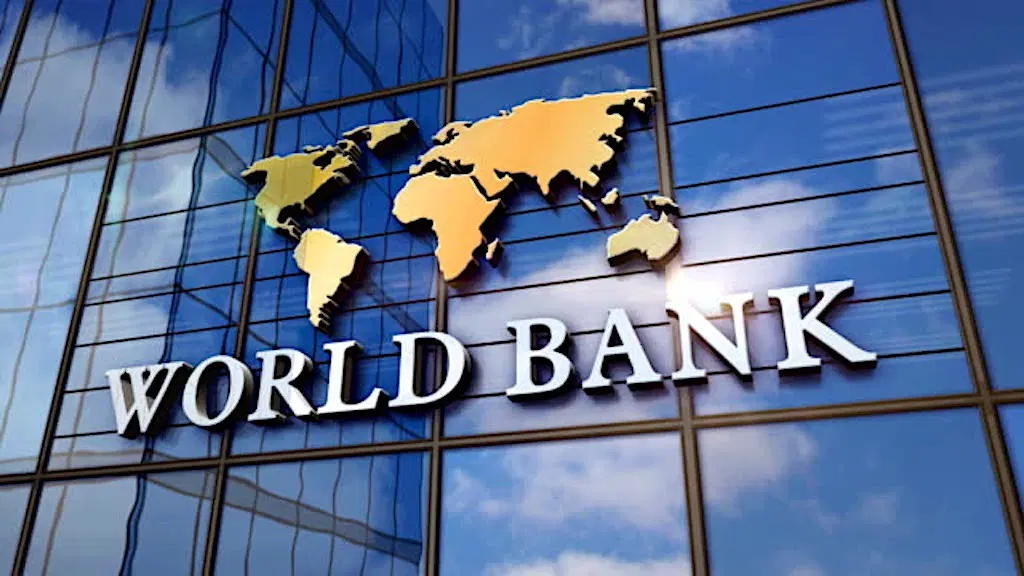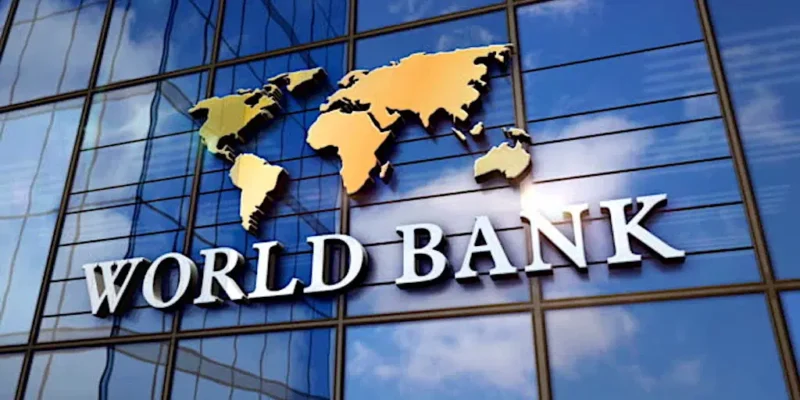
Policy uncertainty, tariff hikes, and mounting debt weigh heavily on developing economies
Global economic growth is set to decelerate to its slowest pace in over a decade—excluding recession years—according to the World Bank’s latest Global Economic Prospects report, released Tuesday.
The report highlights how heightened trade tensions, persistent policy uncertainty, and tight labor markets are undermining global economic momentum, with nearly 70% of countries across all regions and income levels facing growth downgrades.
Global GDP is now projected to grow by just 2.3% in 2025, nearly half a percentage point lower than previously anticipated at the start of the year. While the prospect of a global recession remains unlikely, the World Bank warns that if current forecasts hold, average global growth during the 2020s will mark the slowest for any decade since the 1960s.
“Outside of Asia, the developing world is becoming a development-free zone,” said Indermit Gill, Chief Economist and Senior Vice President for Development Economics at the World Bank Group.
“Growth in developing economies has steadily declined from 6% in the 2000s to under 4% in the 2020s—mirroring the global slowdown in trade and investment.”
Global trade growth, once a key driver of development, has also dwindled—from an average of 5% in the 2000s to less than 3% in the current decade. Investment is slowing, even as debt in many economies soars to record levels.
Developing economies are particularly hard hit. Growth is expected to slow in nearly 60% of these countries this year, averaging 3.8% in 2025 and edging up slightly to 3.9% in 2026–2027—well below the 5% average recorded in the 2010s. Low-income countries are forecast to grow by 5.3% in 2025, a downward revision of 0.4 percentage points from earlier estimates.
Slower growth will hinder efforts to reduce poverty, generate employment, and close income gaps with advanced economies. Per capita income growth in developing countries is projected at 2.9%—significantly below the 2000–2019 average of 4%.
Rising tariffs and labor market tightness are further fueling global inflation, which is expected to average 2.9% in 2025, remaining above pre-pandemic levels.
The World Bank estimates it could take many developing countries outside of China up to two decades to return to their pre-pandemic growth trajectory if current trends persist.
However, the report outlines a potential path to recovery. Resolving ongoing trade disputes and halving tariffs could boost global growth by 0.2 percentage points over 2025–2026.
“Emerging markets reaped the benefits of past trade integration, but now they’re bearing the brunt of a more fragmented global trading system,” said Ayhan Kose, Deputy Chief Economist and Director of the World Bank’s Prospects Group.
“To navigate these challenges, countries must deepen trade partnerships, implement pro-growth reforms, and bolster fiscal stability.”
The World Bank recommends that developing economies focus on strategic liberalisation, broaden their trade and investment partnerships, and invest in regional trade agreements. It also urges policymakers to enhance domestic revenue mobilisation, prioritise support for vulnerable households, and improve fiscal governance.
Crucially, the report calls for long-term investments in workforce development and business-friendly environments to spur productive employment and create resilient labor markets.
In an era of rising protectionism and economic headwinds, the World Bank insists that greater global cooperation and renewed commitment to openness remain essential to reversing the downward growth trend.

Comments